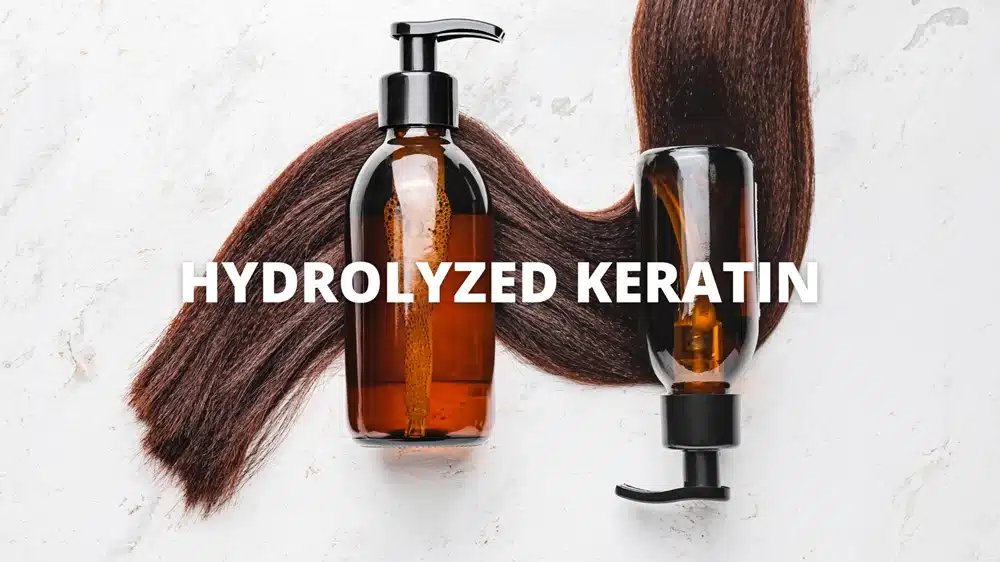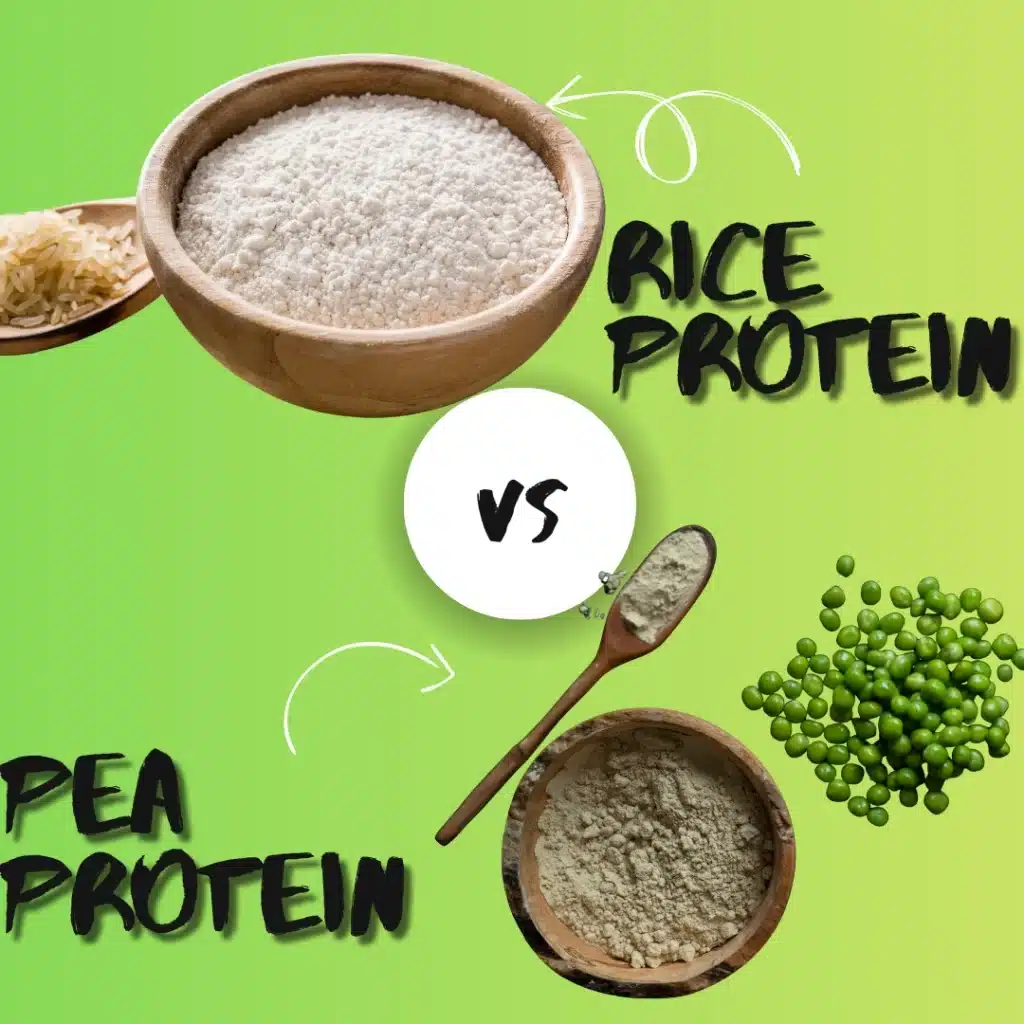
what is hydrolyzed keratin?
Understanding what is hydrolyzed keratin reveals its role as a key ingredient in hair care, created by breaking down keratin proteins into smaller, more absorbable molecules through hydrolysis. It’s especially valued in hydrolyzed keratin for hair products, like shampoos and conditioners, where it helps repair and strengthen strands for improved shine and resilience. Identified by its cas number, 69430-36-0, this ingredient is easily recognized in formulations. The chemical formula depends on its amino acid profile, typically featuring peptides rich in cysteine and glycine. So, what is it made of? It consists of these amino acids derived from natural keratin sources. As for where it comes from, it’s often extracted from materials like wool, feathers, or horns, processed into a versatile form for cosmetic and industrial use.
Is hydrolyzed keratin really as good for hair as people say?
Hydrolyzed keratin is widely praised for its benefits in hair care, and scientific evidence supports many of these claims, though results can vary based on hair type, product formulation, and usage. Derived from keratin—a tough, fibrous protein naturally found in hair—hydrolyzed keratin is broken down into smaller peptides through hydrolysis, allowing it to penetrate the hair shaft more effectively than whole keratin. Below are its key effects on hair, addressing whether it lives up to the hype.
1. Strengthens and Repairs Damaged Hair
Hydrolyzed keratin fills in gaps in the hair cuticle caused by chemical treatments (e.g., bleaching, coloring), heat styling, or environmental stressors like UV exposure. Its low molecular weight allows it to bind to damaged areas, reinforcing the hair’s structure. Studies show it can increase hair tensile strength by up to 20%, reducing breakage and split ends. This makes it particularly effective for chemically processed or brittle hair.
2. Improves Moisture Retention
Hair damage often leads to porosity, where the cuticle becomes rough and loses its ability to retain moisture. Hydrolyzed keratin coats and penetrates the hair shaft, forming a protective barrier that locks in moisture. This results in softer, smoother hair with reduced frizz, especially in humid conditions. Products like conditioners and leave-in treatments with hydrolyzed keratin are shown to improve hydration by 15–30% compared to non-keratin formulas.
3. Enhances Elasticity and Resilience
By replenishing lost protein, hydrolyzed keratin restores elasticity, allowing hair to stretch without breaking. This is critical for preventing damage during brushing or styling. Clinical tests demonstrate that hydrolyzed keratin treatments can improve hair elasticity by 10–15%, making it a go-to for those with weak, overprocessed hair.
4. Adds Shine and Smoothness
Hydrolyzed keratin smooths the cuticle, reflecting light better for a glossy, healthy appearance. Users often report shinier hair after consistent use of keratin-infused products like shampoos, masks, or serums. This effect is most noticeable in dull or coarse hair, where the protein creates a sleeker surface.
5. Temporary vs. Long-Term Benefits
While hydrolyzed keratin is highly effective, its benefits are often temporary unless used consistently. It doesn’t permanently alter hair structure like salon keratin treatments (e.g., Brazilian blowouts, which use formaldehyde). Instead, it provides cumulative improvements with regular application, especially when paired with a proper hair care routine. Overuse, however, can lead to protein overload, causing stiffness or brittleness in some hair types, particularly low-porosity hair.
Does It Live Up to the Hype?
Hydrolyzed keratin is as good as people say for strengthening, hydrating, and improving the appearance of damaged hair, with clinical studies backing its efficacy. However, it’s not a miracle cure. Results depend on the product’s quality, keratin concentration, and how well it suits your hair’s needs. Combining hydrolyzed keratin with other nourishing ingredients like oils or humectants often yields the best outcomes. For optimal results, use products with standardized hydrolyzed keratin (check for low molecular weight on labels) and avoid overloading with excessive protein treatments.

Who Needs Hydrolyzed Keratin?
Hydrolyzed keratin is a highly effective ingredient for those looking to repair, strengthen, or enhance their hair, especially when it’s damaged or compromised. It offers targeted benefits for specific hair concerns and types, making it a versatile addition to hair care routines. Below is a clearer, more organized breakdown of who can benefit from hydrolyzed keratin, based on your provided paragraph:
- Chemically Treated Hair:
Individuals who frequently color, bleach, perm, or straighten their hair often experience weakened strands due to the loss of natural keratin. Hydrolyzed keratin helps repair this damage, reinforcing hair structure and reducing breakage. - Dry, Brittle, or Frizzy Hair:
Those with hair affected by environmental stressors like sun exposure, humidity, or pollution benefit from hydrolyzed keratin’s ability to boost moisture retention and smooth the hair cuticle, resulting in softer, less frizzy hair. - High-Porosity Hair:
Hair that absorbs and loses moisture quickly can become dry and prone to frizz. Hydrolyzed keratin restores elasticity, seals the cuticle, and reduces frizz, making it ideal for high-porosity hair types. - Fine or Thinning Hair:
Hydrolyzed keratin coats the hair shaft, adding volume and strength, which makes strands appear thicker and fuller. This is especially helpful for those with naturally fine or thinning hair. - Heat-Styled Hair:
Regular use of heat styling tools like blow dryers or flat irons can cause significant damage. Hydrolyzed keratin repairs heat-induced wear, strengthening hair and improving resilience. - Cautions for Low-Porosity Hair:
People with low-porosity, protein-sensitive hair should use hydrolyzed keratin sparingly. Overuse can lead to protein overload, causing stiffness or brittleness, so moderation is key.
Who Benefits Most?
Anyone seeking shinier, stronger, and more resilient hair—particularly after damage—can benefit from hydrolyzed keratin in products like shampoos, conditioners, masks, or leave-in treatments. For best results, choose products tailored to your specific hair type and needs, and use them consistently but cautiously to avoid over-application.
Personal Example: Sarah’s Experience with Hydrolyzed Keratin
Sarah, a 32-year-old graphic designer, had been bleaching her hair blonde for years, leaving it dry, brittle, and prone to split ends. Her hair felt rough, lacked shine, and broke easily during brushing. After researching, she started using a hydrolyzed keratin-infused hair mask twice weekly and a leave-in keratin spray daily. Within three weeks, Sarah noticed her hair felt softer and looked glossier, with fewer flyaways even in humid weather. By the two-month mark, her hair was noticeably stronger, with reduced breakage and a smoother texture when styling. The split ends were less prominent, and her hair regained a healthy bounce, making it easier to manage. Sarah’s experience highlights how consistent use of hydrolyzed keratin can transform damaged hair, restoring its vitality and appearance.

Hydrolyzed Keratin Weekly Dosage and Effects Timeline
Weekly Dosage of Hydrolyzed Keratin
Hydrolyzed keratin is typically used in topical hair care products like shampoos, conditioners, masks, or leave-in treatments, rather than as an oral supplement, so “dosage” refers to the frequency and amount applied to hair. The recommended usage depends on the product type and hair condition:
- Shampoos and Conditioners: Use 2–3 times per week, applying a small amount (about 5–10 mL, depending on hair length) to wet hair, massaging into the scalp and strands, and rinsing thoroughly.
- Hair Masks or Deep Treatments: Apply 1–2 times per week, using 15–30 mL (or as directed), leaving on for 5–20 minutes before rinsing. For severe damage, use twice weekly; for maintenance, once weekly.
- Leave-In Treatments or Serums: Apply daily or 3–5 times per week, using 2–5 mL, focusing on mid-lengths and ends. Avoid overuse to prevent protein buildup.
Always follow product-specific instructions, as hydrolyzed keratin concentrations vary. Overuse can lead to protein overload, causing stiffness, especially in low-porosity hair. For best results, consult a dermatologist or trichologist for personalized advice, especially for severely damaged hair.
Time for Effects to Appear
The timeline for visible effects depends on hair type, damage level, and consistency of use. Based on clinical studies and user reports:
- Initial Effects (1–2 Weeks): Improved smoothness, reduced frizz, and slight shine due to cuticle sealing and moisture retention.
- Noticeable Improvements (3–4 Weeks): Increased strength, reduced breakage, and enhanced elasticity, especially for chemically treated or high-porosity hair.
- Significant Results (6–8 Weeks): Marked reduction in split ends, fuller appearance for fine hair, and overall healthier look with consistent use.
Effects are not permanent and require ongoing use to maintain benefits. Combining hydrolyzed keratin with a balanced hair care routine (e.g., hydrating oils, minimal heat styling) accelerates and sustains results.
Dosage and Effects Timeline Table
| Product Type | Weekly Usage | Amount per Use | Initial Effects (1–2 Weeks) | Noticeable Effects (3–4 Weeks) | Significant Effects (6–8 Weeks) |
|---|---|---|---|---|---|
| Shampoo/Conditioner | 2–3 times/week | 5–10 mL | Smoother, less frizzy hair | Stronger, less breakage | Healthier, shinier hair |
| Hair Mask/Deep Treatment | 1–2 times/week | 15–30 mL | Improved moisture, slight shine | Reduced split ends, better elasticity | Robust, resilient hair |
| Leave-In Treatment/Serum | 3–5 times/week (or daily) | 2–5 mL | Reduced frizz, softer texture | Thicker appearance, less damage | Fuller, glossier hair |
Notes:
- Adjust frequency based on hair type (e.g., reduce for low-porosity hair to avoid stiffness).
- Check product labels for hydrolyzed keratin concentration and follow manufacturer guidelines.
- Results vary by individual hair condition and product quality.
How to choose the right hydrolyzed keratin supplier?
When choosing a hydrolyzed keratin supplier, selecting a trusted partner like Gensei ensures access to premium materials for diverse applications. For businesses needing bulk hydrolyzed keratin, Gensei sources high-quality raw materials, such as wool or feathers, to deliver consistent purity and performance. Their state-of-the-art factory employs advanced powder manufacturing techniques, producing finely processed keratin ideal for creating effective supplement products that support hair and nail health. As a reliable exporter, Gensei facilitates seamless global distribution with proper certifications, ensuring compliance and reliability. Partnering with Gensei as your supplier guarantees quality and efficiency, meeting the needs of manufacturers and consumers alike.



